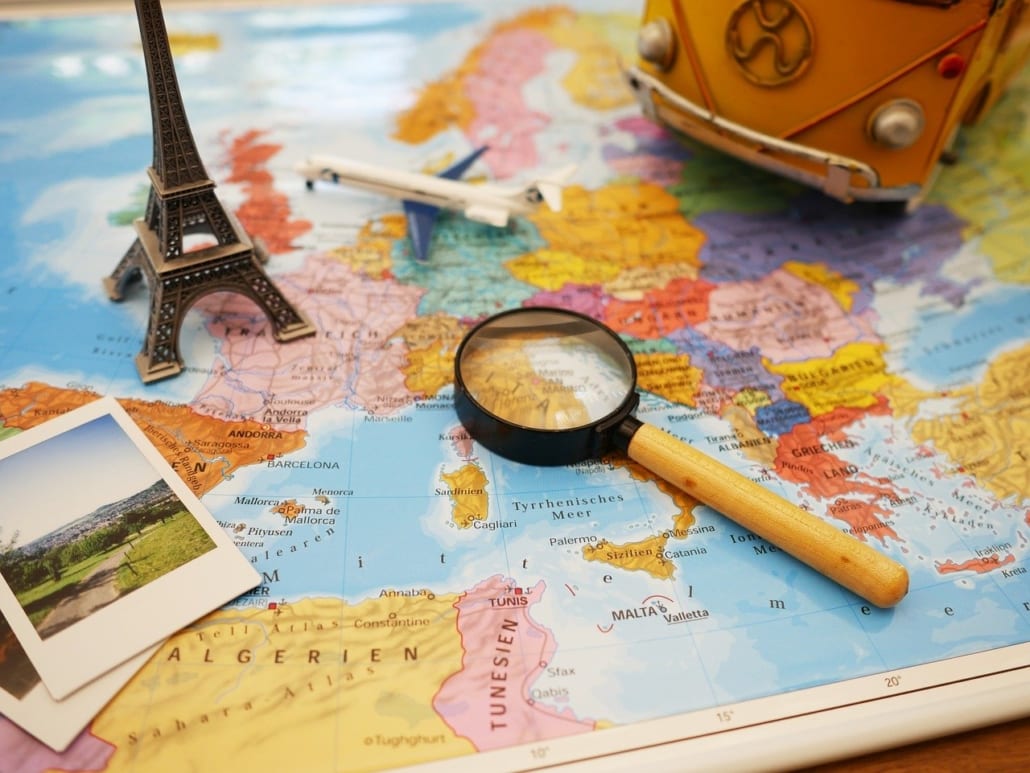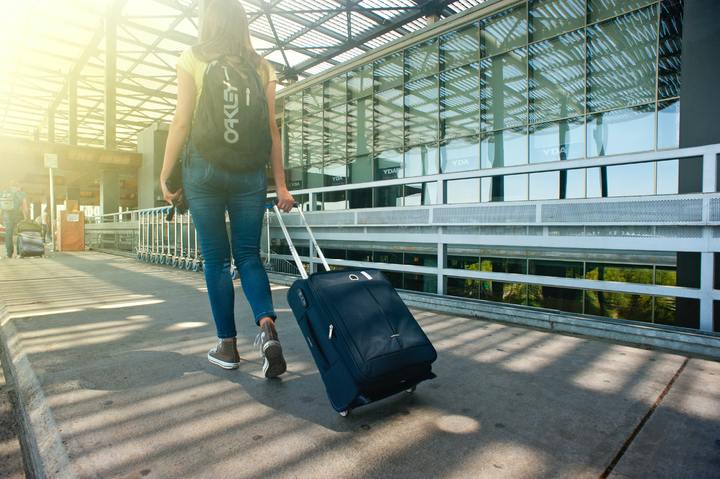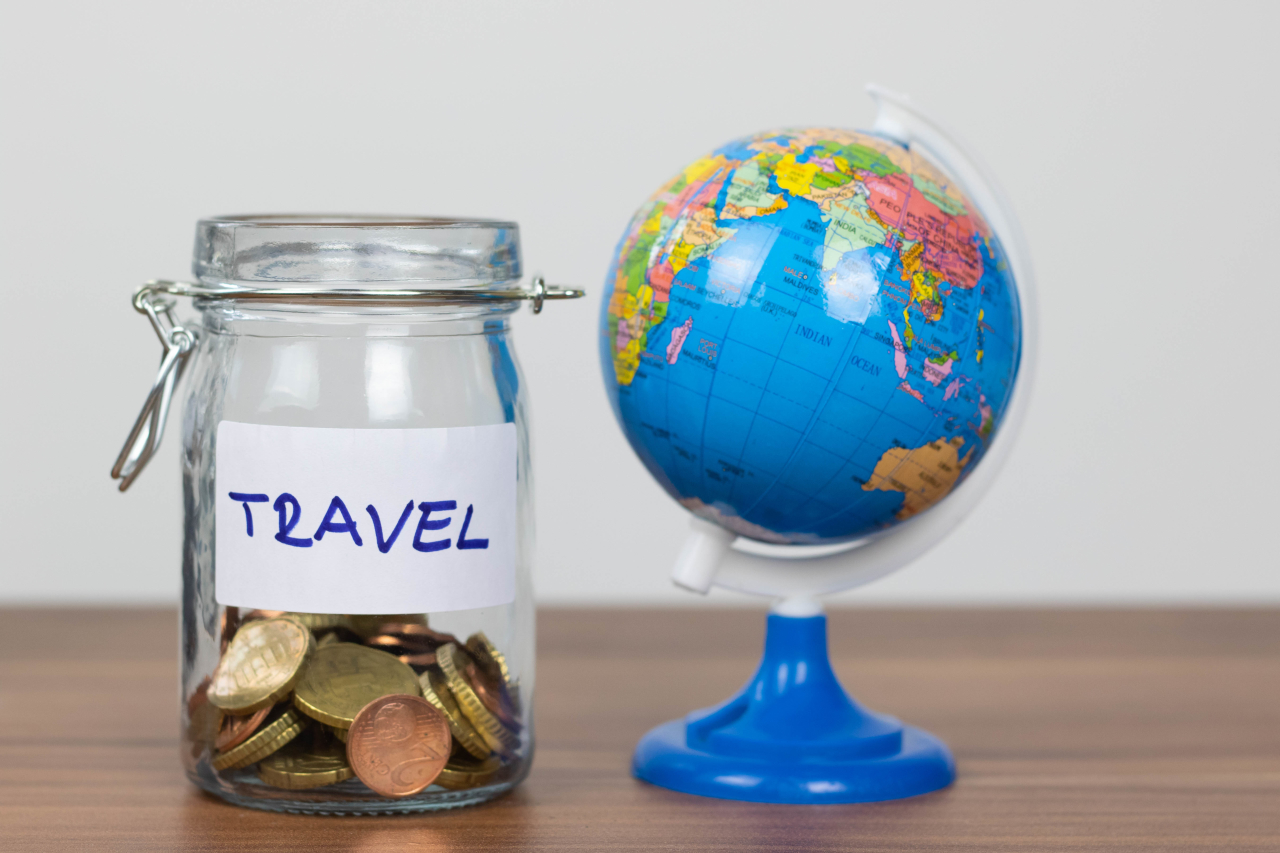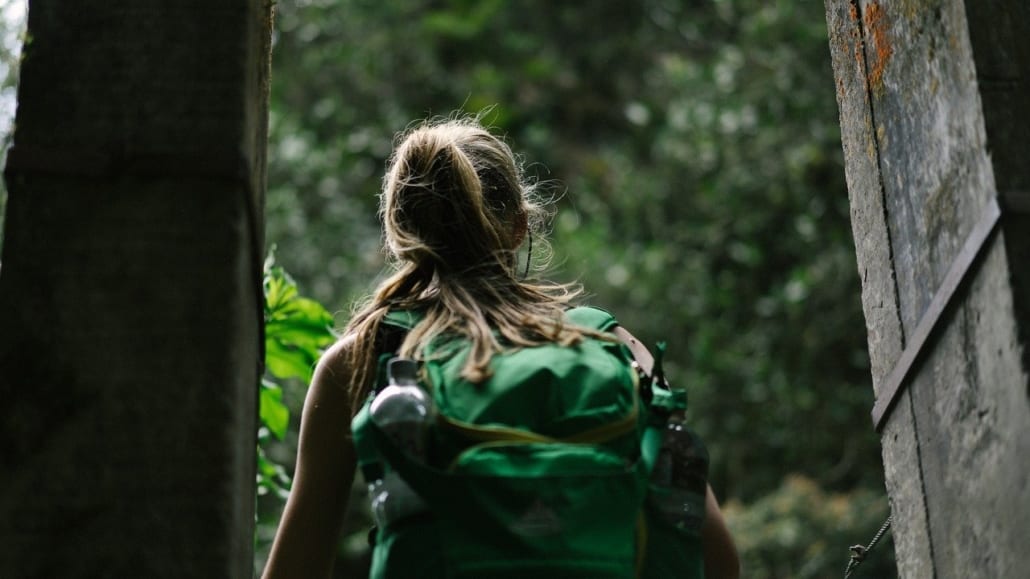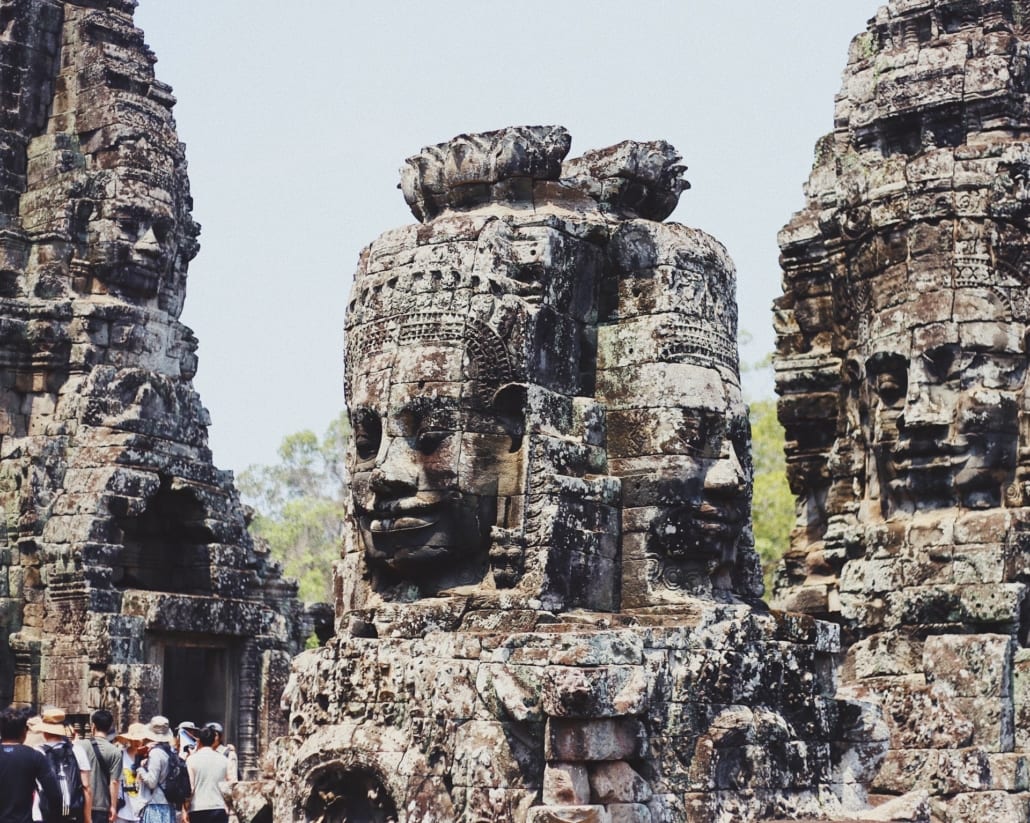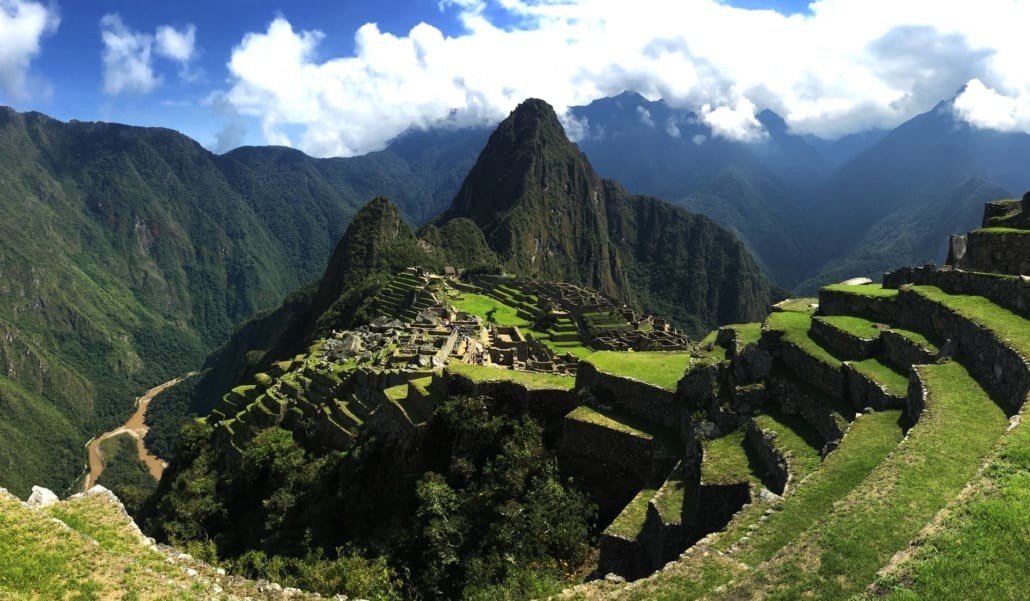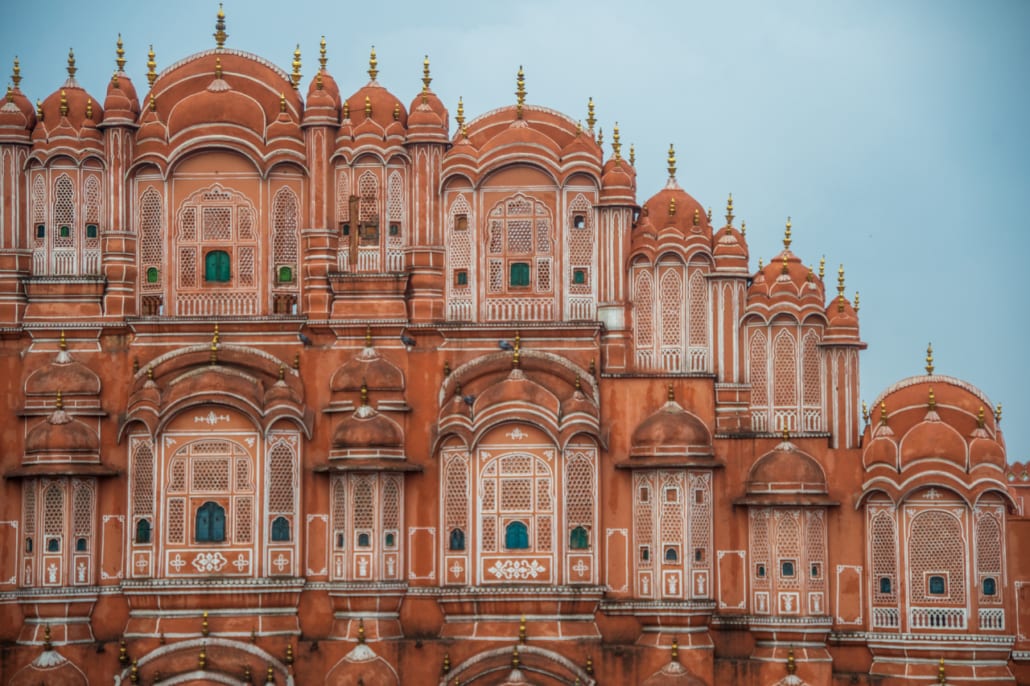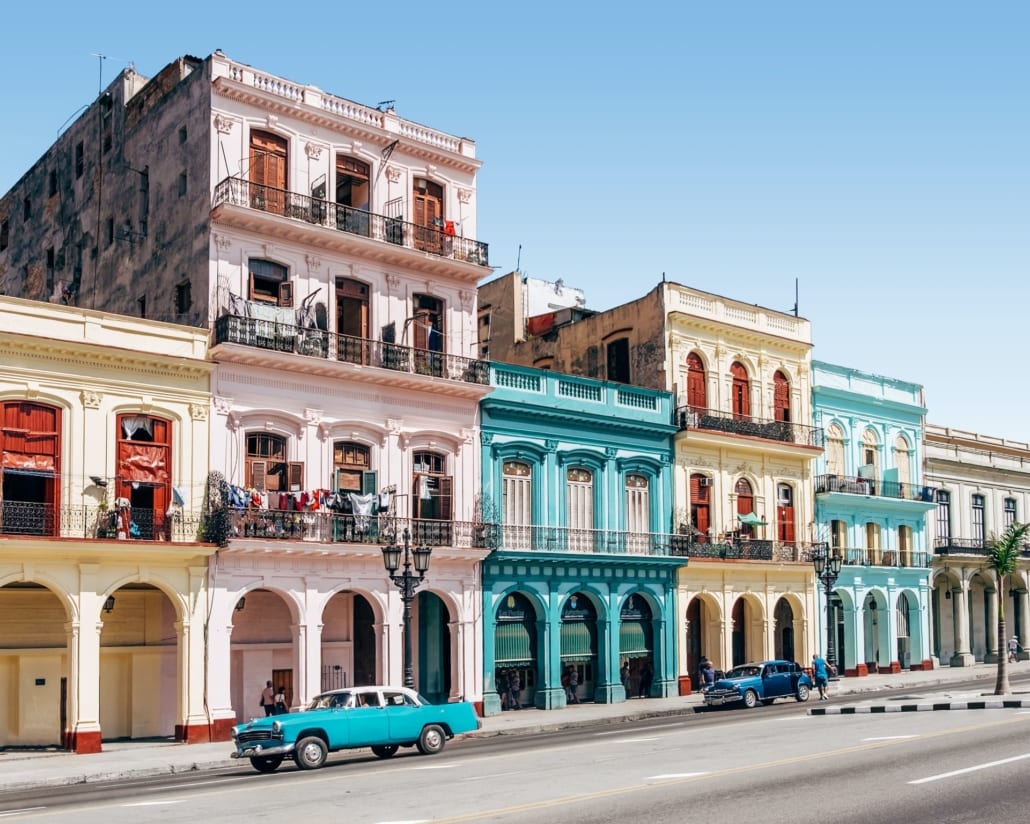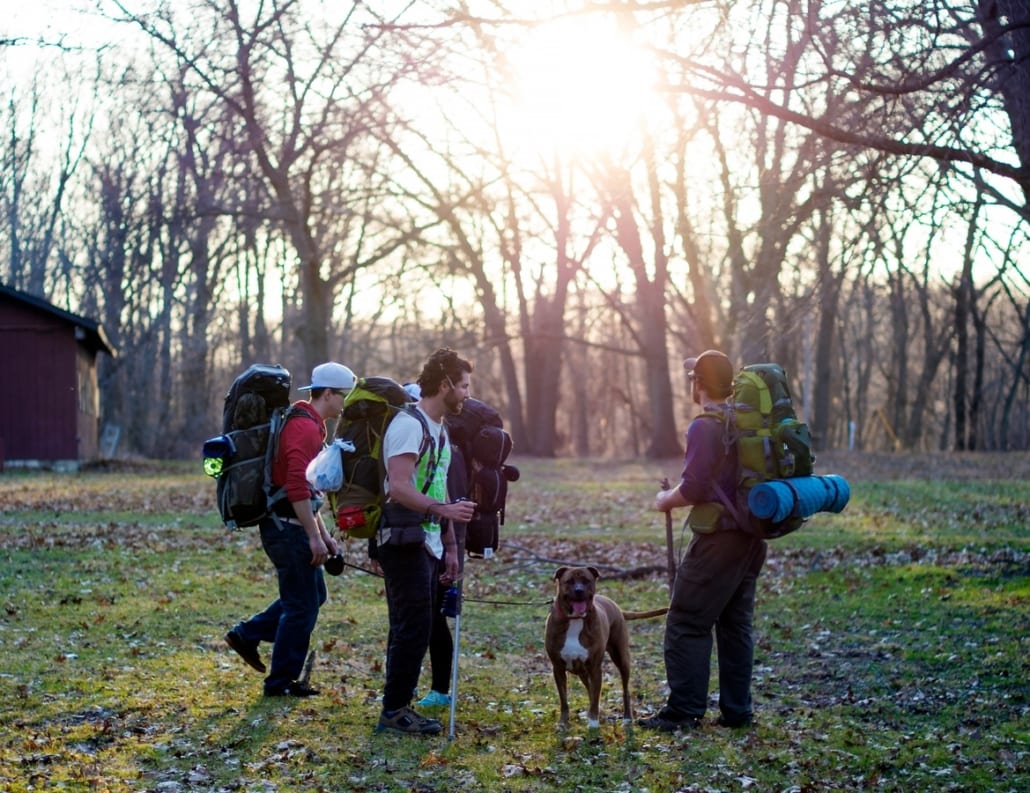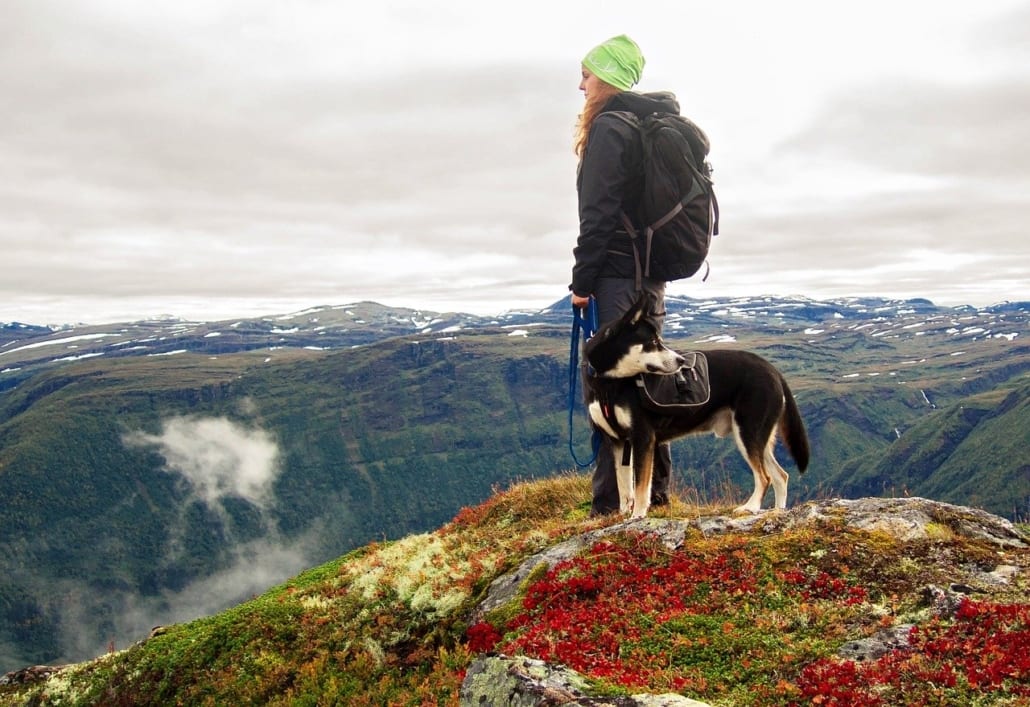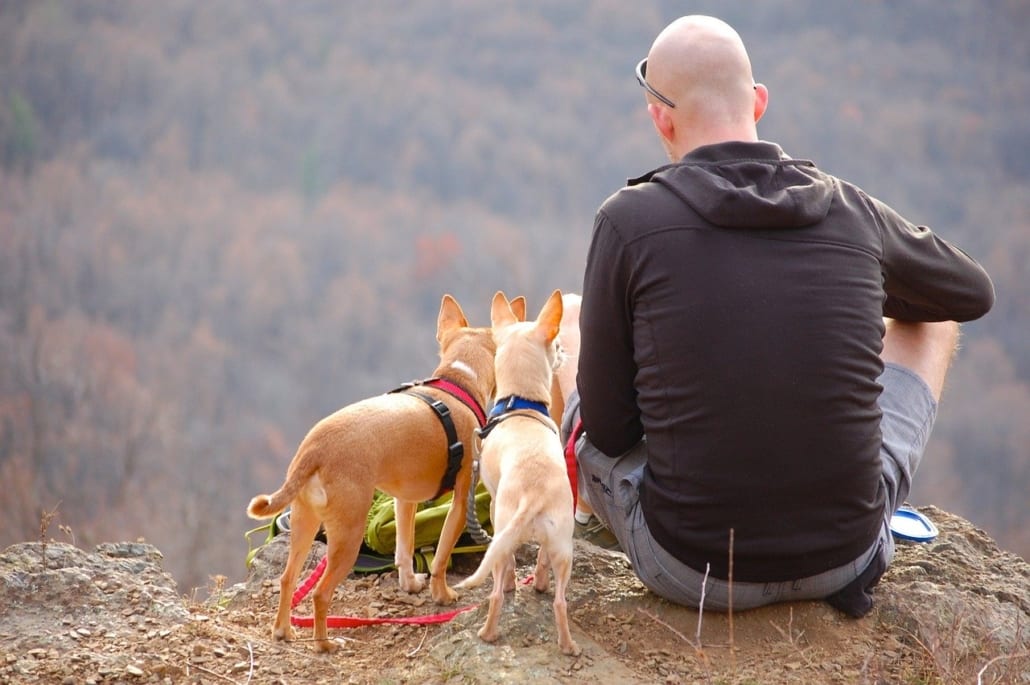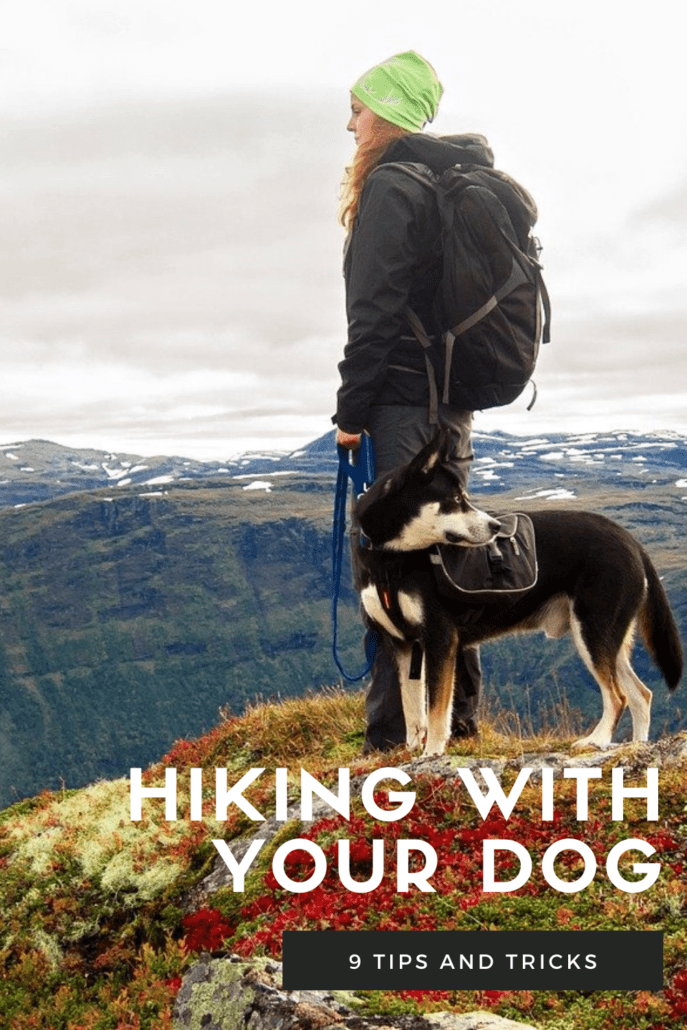Are you itching to explore nature and hiking activities for fun? Well, then backpacking is that ultimate activity for you. It is an adventure that mixes hiking with backcountry camping. Backpacking will let you broaden your horizons.
You will get to enjoy a richer, exciting outdoor experience. If you are just getting started, you are in the right place, as these backpacking tips for beginners will help you get your backpacking experience right.
Choose a Simple Destination
For your beginner backpacking trip, you do not want to have a miserably difficult experience. That is why you need to find an area that is not hard to hike. You can do a quick online search of destinations near you, or consult with other backpackers to get an idea of good destinations.
Also, consider choosing shorter distances and picking a well-traveled trail and well-established camp. Now that you have a backpacking destination in mind, it is time to get the preparation work done.
Train! Train! Train!
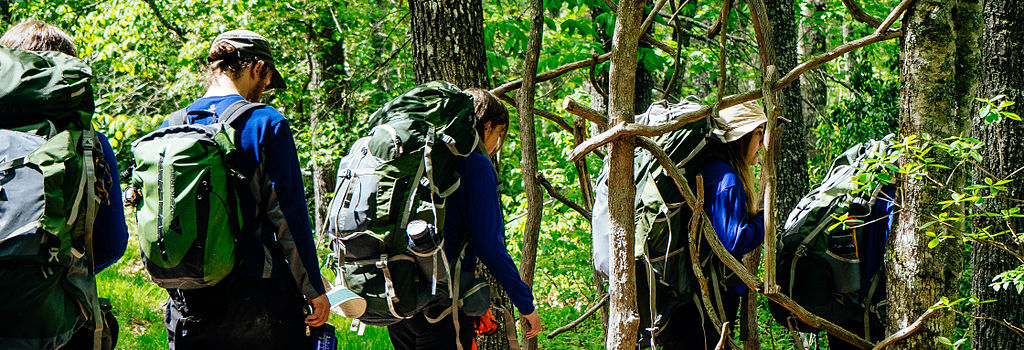
Be sure to train for your first backpacking trip
One of the best backpacking tips for beginners is to prepare your body for weeks and months leading up to backpacking by doing some training. Training will give you a better shape that is suited for the activity as a beginner hiker.
Besides, training will ensure that you have fun in your backpacking. You do not want to have a nightmare. And in case you are wondering why it is essential to train, here are some benefits:
- Training will give you a better experience as you will not get easily tired and feel miserable while hiking.
- You will avoid getting blisters and injuries since you will develop strength and flexibility in the knees, ankles, and feet.
- Training will also help you create a firm mindset that will see you through the tough trails.
Get a Comfy Place to Spend the Night
When you are backpacking for the first time, you might find it a demanding experience. Depending on how long you want to be out backpacking, you should consider getting a comfortable rental space to spend a couple of nights.
If you are backpacking a place like Belleplain State Forest, you can consider spending a night at Ocean City, NJ rentals. Spending a night in a comfortable place after a long trek will rejuvenate your energy and allow you room for more explorations.
Get Essential Backpacking Gear
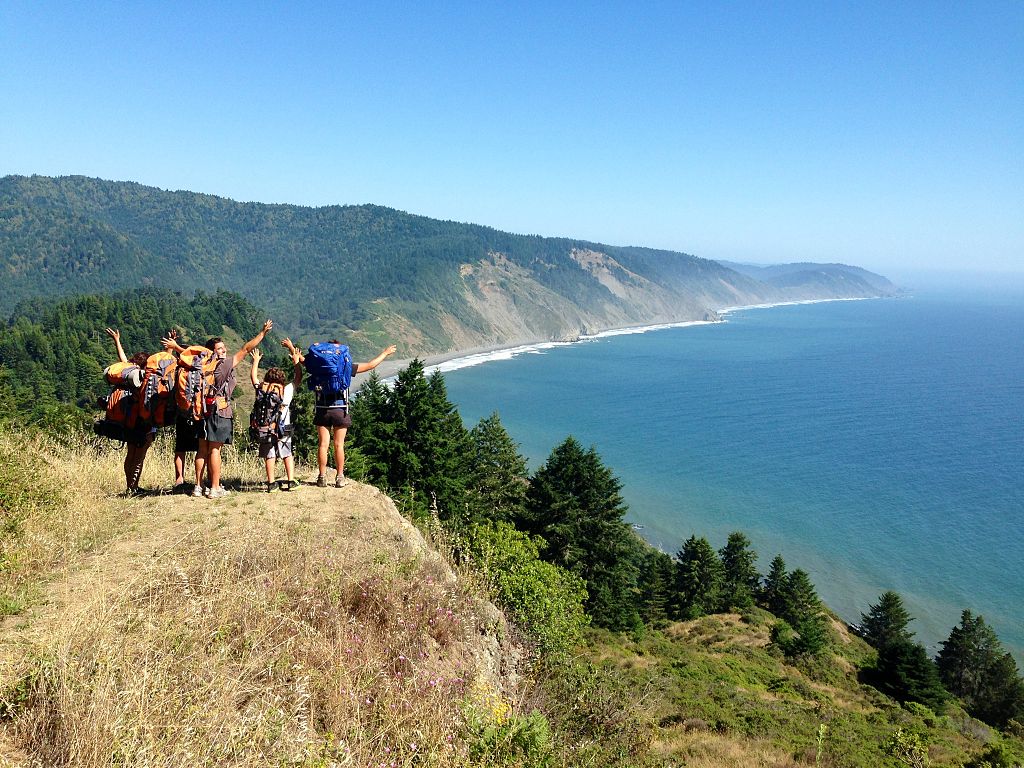
Get the right gear for your first backpacking trip
Based on the backpacking experience you intend to immerse yourself into, you will decide what to gather as part of your gear. However, you can borrow or rent pricier items such as the tent, sleeping bag, and pad to keep your budget low for your first backpacking trip.
Don’t forget to pack supportive over-the-ankle boots. Also, part of the essential gear is the clothes you will need. For your clothes, you might want to consider packing T-shirts, sun shirts, and sun hats to insulate yourself from the heat.
Depending on the season, you may consider the weather and decide if to carry a waterproof jacket or breathable jacket. Remember that the whole point is to be comfortable while not having the burden of excess wear.
In a nutshell
Backpacking is an adventure you should consider doing. Not only will you be able to immerse yourself in nature and beautiful sceneries, you will expand your horizons by visiting new places and meeting new people.
The good thing is that it doesn’t have to be complicated, even as a beginner. The backpacking tips for beginners above will make your experience better.

